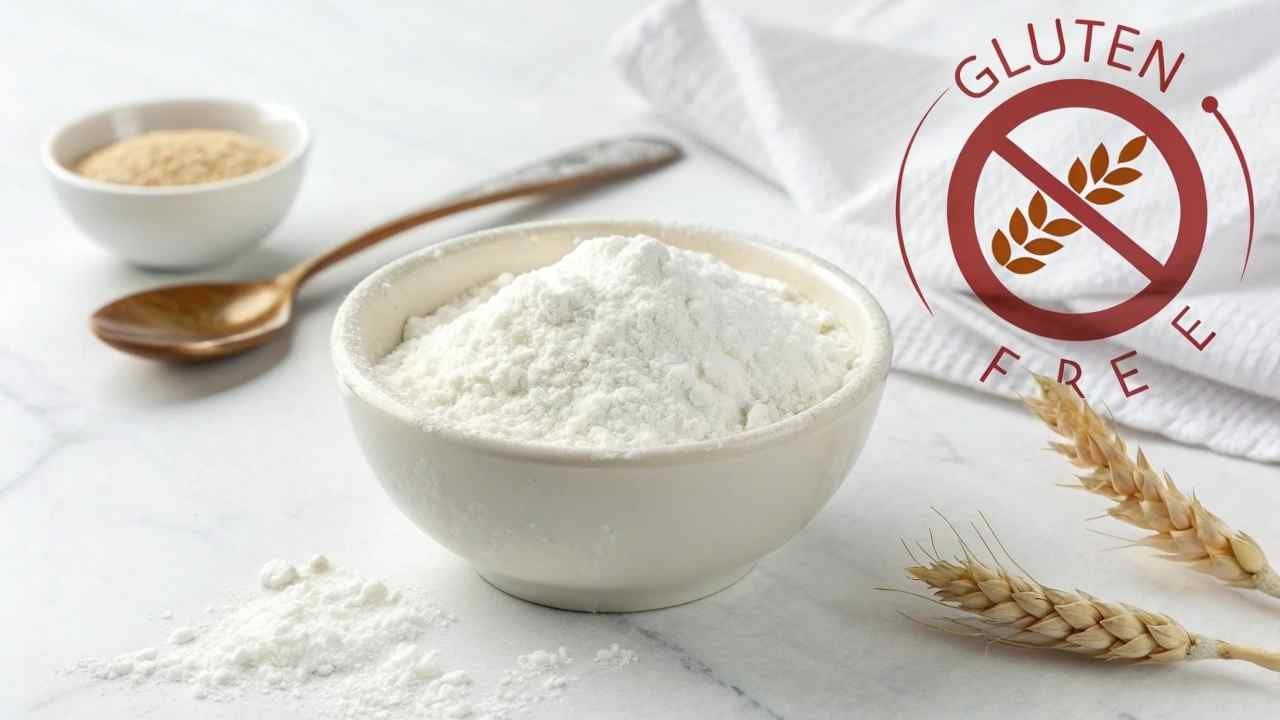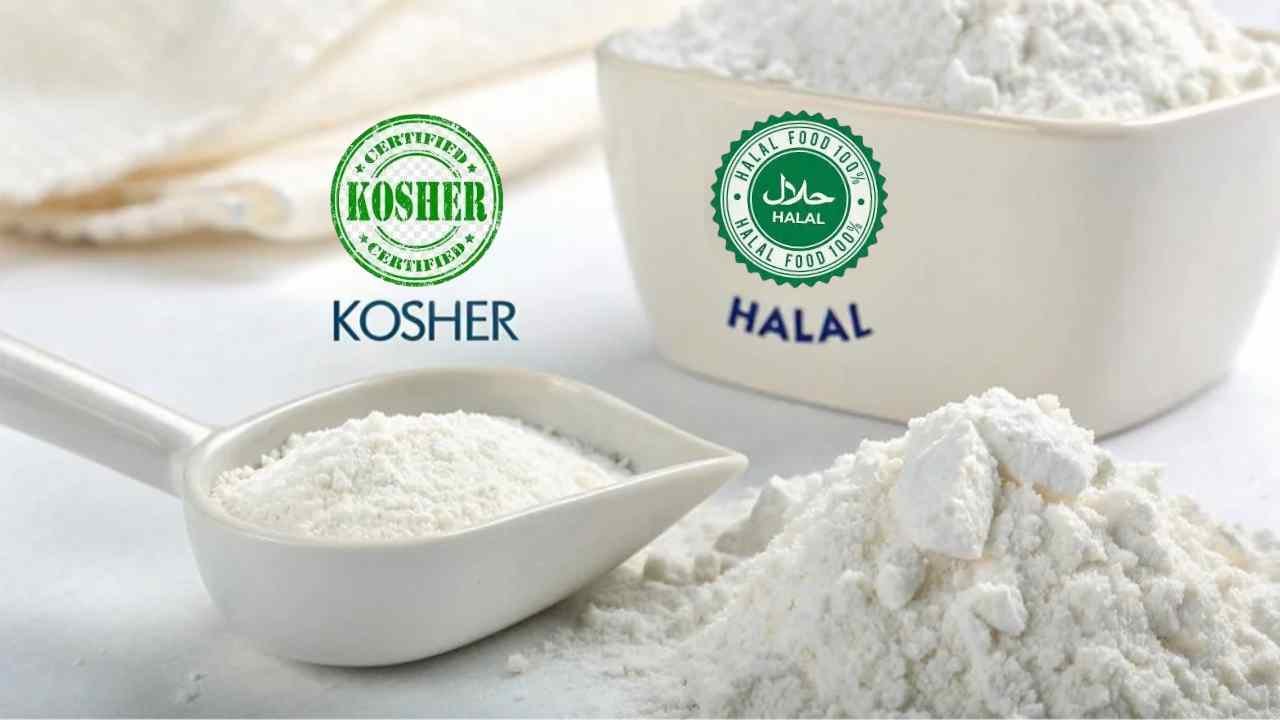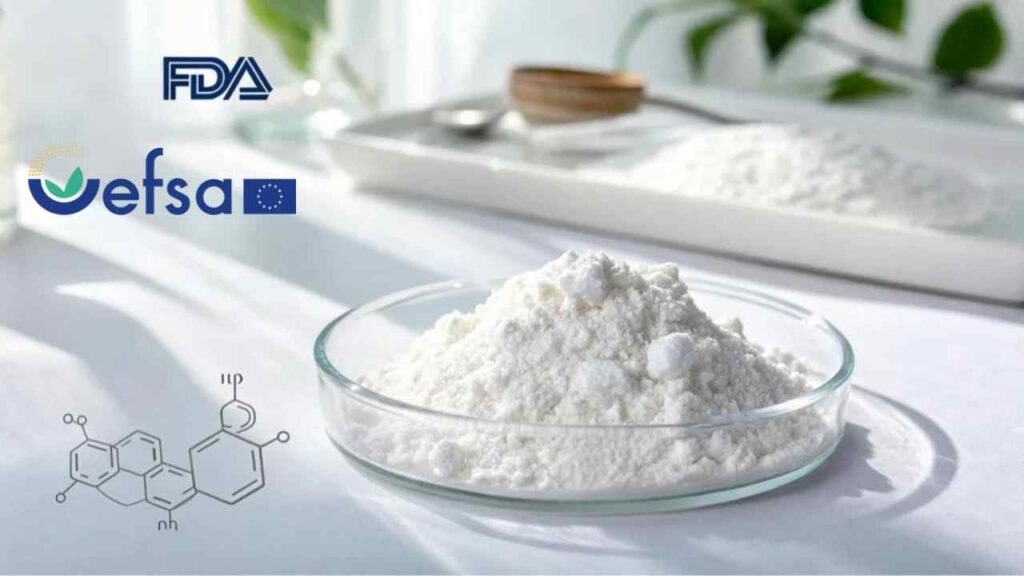Worried if CMC in your food is safe? Need quick facts on its safety? Let's clearly answer if Carboxymethyl Cellulose is okay to eat.
Yes, Carboxymethyl Cellulose (CMC) is widely considered safe for food use by major regulatory bodies like the FDA and EFSA. It passes through the body undigested and has a long history of safe application.
Safety is the number one concern in the food industry. At FINETECH, when we supply food additives like CMC, ensuring they meet all safety and quality standards is paramount. Let's explore the safety profile of CMC.
What do FDA and EFSA say about Carboxymethyl Cellulose (CMC) in food?
What do top food agencies think of CMC? Is it officially okay? Let's see the FDA and EFSA verdicts.
Both US FDA and Europe's EFSA consider food-grade CMC safe for food use. It's an approved additive (E 466 in EU) without a specific daily intake limit, meaning very low safety concern.

- US FDA: Lists CMC as GRAS (Generally Recognized As Safe1).
- EFSA (EU): Approved as E 4662; re-evaluated and found safe with "ADI not specified" (no numerical limit needed).
- JECFA (FAO/WHO): Also finds it safe with an "ADI not specified3."
This global consensus means CMC is trusted for food use when used as intended.
Regulatory Stance:
| Body | CMC Status Summary | ADI | Key Point |
|---|---|---|---|
| FDA | GRAS | Not specified | Safe for US food. |
| EFSA | Approved (E 466) | Not specified | Safe for EU food. |
| JECFA | Safe | Not specified | Globally recognized. |
Is there gluten in Carboxymethyl Cellulose (CMC)?
Need gluten-free ingredients? Does CMC contain gluten? Let's quickly check if CMC is gluten-free.
No, pure Carboxymethyl Cellulose (CMC) is gluten-free. It's made from plant cellulose (wood/cotton), which naturally has no gluten. The process doesn't add gluten.

CMC comes from wood pulp or cotton – neither contains gluten. Reputable manufacturers prevent cross-contamination4. In fact, CMC is often used in gluten-free baking to improve texture.
Gluten Status of CMC:
| Aspect | Details | Implication for Gluten Content |
|---|---|---|
| Primary Source Material | Wood Pulp, Cotton Linters | Naturally Gluten-Free |
| Chemical Nature of Cellulose | Polysaccharide (Carbohydrate) | Not a protein (like gluten) |
| Manufacturing Process | Chemical modification, purification | Does not introduce gluten |
| Cross-Contamination Risk | Possible (low) if GMP not followed | Choose reputable suppliers |
| Use in Gluten-Free Baking | Often used as an ingredient in gluten-free products | Helps improve texture |
| Finished CMC Product | Inherently Gluten-Free | Safe for gluten-free diets |
Are there health issues with eating Carboxymethyl Cellulose (CMC)?
Does eating CMC cause problems? What are the health effects? Let's quickly look at how CMC affects the body.
For most, CMC is not absorbed and acts like fiber, passing undigested. Very high intakes might cause mild bloating/gas in sensitive people, but typical food amounts are generally well-tolerated.

CMC is indigestible. It's not absorbed, so no systemic toxicity. It may be partly fermented in the large gut, which is normal for fibers. Recent gut microbiota studies are watched by regulators, but current view is CMC is safe at food levels.
How is food-grade Carboxymethyl Cellulose (CMC) different from other types?
Is all CMC the same for food? How is "food-grade" special? Let's quickly explain the food-grade difference.
Food-grade CMC must meet strict purity standards (USP, FCC, Ph. Eur.) limiting impurities like heavy metals. This makes it safe for eating, unlike lower-purity industrial grades.

Industrial CMC (for paint, detergents) isn't pure enough for food. Food-grade CMC has:
- High CMC purity.
- Very low heavy metals5 (lead, arsenic).
- Controlled by-products.
- Hygienic production (GMP).
Always use food-grade CMC, proven by a Certificate of Analysis (CoA). FINETECH guarantees food-grade quality.
Food-Grade vs. Technical:
| Feature | Food-Grade CMC | Technical Grade CMC | Why It Matters |
|---|---|---|---|
| Purity | Strictly Controlled | Lower / Variable | Safety |
| Heavy Metals | Very Low Limits | Higher levels possible | Prevents toxicity |
| Use | Food, Pharma | Industrial uses only | Never mix! |
Can Carboxymethyl Cellulose (CMC) be Kosher or Halal?
Need CMC for Kosher or Halal foods? Is certified CMC available? Let's quickly check these dietary certifications.
Yes, Carboxymethyl Cellulose (CMC) is often certified Kosher and Halal. Its plant origin and typical manufacturing are usually compatible with these dietary laws.

CMC's cellulose source (wood/cotton) is generally acceptable. The manufacturing process6 typically avoids non-Kosher/Haram materials. Reputable certification agencies audit facilities. FINETECH supplies Kosher/Halal certified CMC, crucial for markets like the Middle East and for specific consumer needs.
Considerations for Kosher/Halal CMC:
| Aspect | Kosher Implication | Halal Implication |
|---|---|---|
| Source Ingredient | Plant-based (cellulose) is generally Pareve/acceptable. | Plant-based (cellulose) is generally Halal. |
| Processing Aids | Must be Kosher-approved. | Must be Halal-approved (e.g., no non-evaporated alcohol). |
| Equipment Cleanliness | No cross-contamination with non-Kosher items. | No cross-contamination with Haram items. |
| Certification Body | Requires audit by recognized Kosher agency (e.g., OU, Star-K). | Requires audit by recognized Halal body (e.g., IFANCA, MUIS). |
| Documentation | Valid Kosher certificate for the specific product. | Valid Halal certificate for the specific product. |
Conclusion
Food-grade Carboxymethyl Cellulose (CMC) is confirmed safe by global regulators like FDA and EFSA. It's gluten-free, typically well-tolerated, and often available with Kosher/Halal certifications.
-
Understanding the GRAS designation is crucial for food safety and regulatory compliance. Explore this link to learn more about its implications. ↩
-
E 466 is an important food additive in the EU. Discover its uses and safety evaluations to better understand its role in food products. ↩
-
The term 'ADI not specified' indicates a safe consumption level. Learn more about its significance in food safety assessments. ↩
-
Understanding how to prevent cross-contamination is crucial for safe gluten-free cooking, ensuring health and safety for those with gluten sensitivities. ↩
-
Discover why the presence of very low heavy metals is vital for food-grade CMC and how it impacts health and safety. ↩
-
This resource will shed light on the manufacturing process of CMC, emphasizing quality control and adherence to dietary standards. ↩


